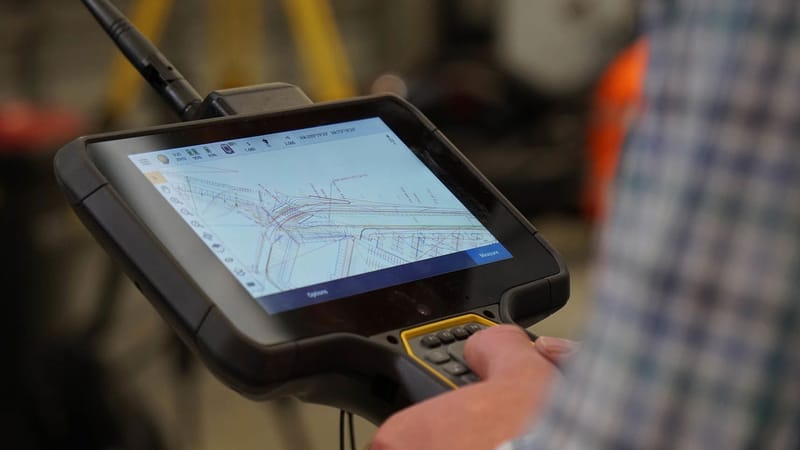Additional Services & Subcontracting

Sub-contracting - I am happy to help other survey companies who would like assistance with projects they have in Mid and West Wales; dependant on the type of work of course!
Equally, if you currently provide building surveys, structural surveys, engineering services, design, consultancy or similar, and would like to include topographic surveys or utilities surveying to your portfolio of services offered, please get in touch.
Clearance scanning - Risk reduction, rather than mapping surveys. Clearance scanning is normally centred on individual locations within a wider site, and concentrates on the presence of services rather than necessarily establishing the services' type or nature. Clearance scanning is usually carried out ahead of localised excavations such as environmental investigations, well drilling or piling. A clearance scan incorporates both electromagnetic and GPR survey techniques into a relatively swift procedure that facilitates follow-on work to be carried out immediately after each location has been investigated.
A cross-over of clearance scanning and full utilities survey may be employed when investigating narrow corridors for proposed cable and pipeline trenching, fence lines or similar linear installations.
Tailored utility locating - It may be that your requirement is to locate a particular utility or asset, such as a high voltage cable or water main with an easement, that crosses your site or land. It is often possible to target a particular utility line, and map this as a stand-alone feature.
Buried metal detection - Utilising pulse induction (PI) metal detection, magnetometry or ground penetrating radar (GPR) to locate lost or buried metallic targets, such as manholes, valve-boxes, underground storage tanks (USTs) or similar.
Simultaneous multi frequency (SMF) metal detection may be employed to search for shallow ferrous and non-ferrous metallic targets, such as lost security keys, firearms, ammunition or important pieces of jewellery lost in grass, gravel, sand or similar loose surfaces. When searching for a specific know target e.g. dropped small-arms ammunition, the metallic signature - based on the conductivity and magnetic susceptibility of the target - can be established by scanning an identical item; enabling dissimilar metallic objects (metallic clutter) to be discriminated against during the search.
Drainage surveys - Drainage surveys may include drainage routes and connectivity, ironwork positions and levels (manholes, inspection covers, gullies etc.) flow direction, pipework levels, pipe sizes and pipe material. We do not carry out CCTV surveys.
Acoustic water pipe locating - Employed as a supplementary technique to a standard utilities survey, or for targeted, non-metallic water pipe location; electro-acoustic pipe location can be used to track the route of water services over short distances. This technique involves using an electronic pulse-wave generator to create a regular beat or vibration in the water supply system. The beat can be detected using ultra-sensitive microphones, to track the line of pipework, with the potential to locate non-metallic pipes such as asbestos-cement, MDPE, Alkathene etc.
OS datum installation & levelling - Network GNSS is employed to establish a site datum related to the Ordnance Survey grid and level.
Accurate positions and levels taken on points of interest, such as bore-hole installations, drainage nodes, flood defences etc. can be coordinated using total station or GNSS instruments, and are related to the datum.
As-built / as-laid utilities surveys - The exact location and level of newly laid services can be surveyed at the time of installation. This important information can be added to an existing utility survey - keeping it current, or it can be used to form a new CAD drawing, which can be issued to the client upon completion of a project.
Desktop utility searches - Stat packs, or utility asset records are compiled for your project location. These may be either an 'essential' pack, containing information for electricity, gas, water, drainage and BT / Openreach, or a 'comprehensive' pack, where additional asset owners are approached.
Arboricultural assistance survey - Topographic survey technologies are used to accurately measure tree positions and heights along with distances to features of interest, such as overhead cables or buildings. Results are related to the OS grid, and can be issued in drawing or spreadsheet format for inclusion within a third-party tree survey.
